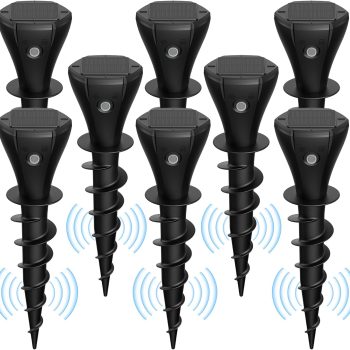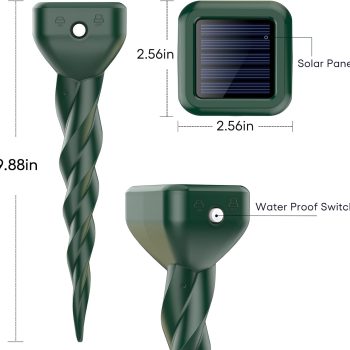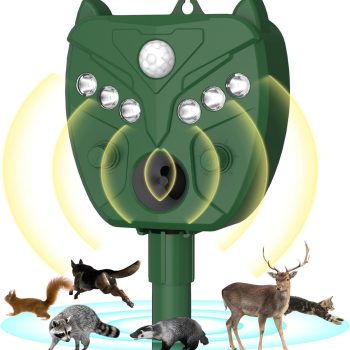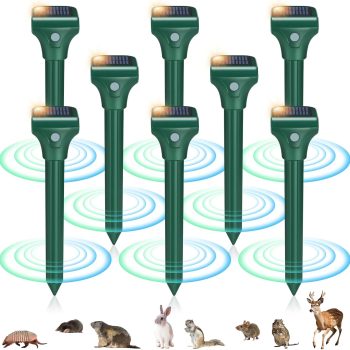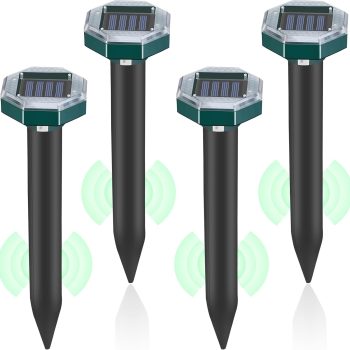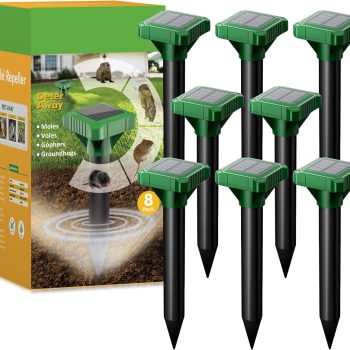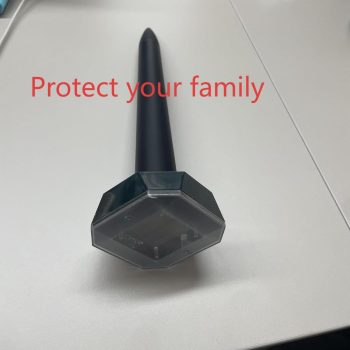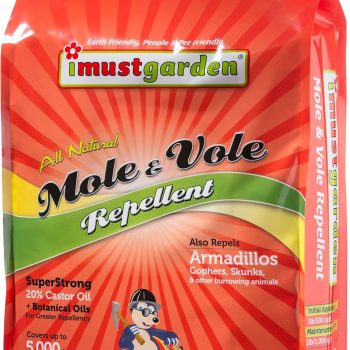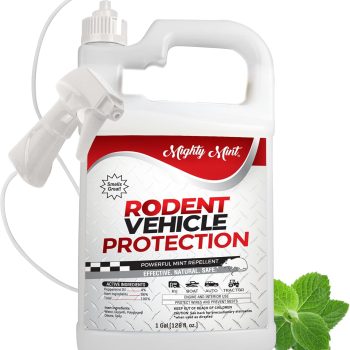How To Get A Groundhog Out Of His Hole
Solar Groundhog Repellent
Mole Repellent Solar Powered 8 Pack, Ultrasonic Gopher Repeller IP65 Waterproof, Repels Moles
Understand Groundhog Behavior
To effectively get a groundhog out of its hole, start by understanding its behavior. Groundhogs are primarily herbivores that create burrows for shelter, food storage, and breeding. These burrows typically consist of multiple entrances and can extend quite deep underground. Groundhogs tend to be most active during the day, especially in the early morning or late afternoon. By recognizing their patterns, you can determine the best time to encourage the groundhog to leave its burrow.
How To Get A Groundhog Out Of His Hole: Use Gentle Deterrents
Once you understand groundhog behavior, use gentle deterrents to coax it out of its hole. Begin by making the area around the burrow less inviting. You can apply natural repellents such as garlic powder, cayenne pepper, or peppermint oil around the entrance. The strong scents will discourage the groundhog from staying close to its burrow and encourage it to venture out. Additionally, try creating noise near the burrow to make it uncomfortable. Shaking a can filled with pebbles or using a garden hose to spray water around the entrance can produce sounds that prompt curiosity or unease.
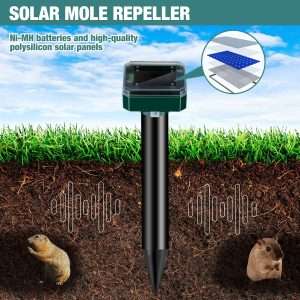
Consider using motion-activated sprinklers as well. These devices release bursts of water when they detect movement, startling the groundhog and encouraging it to leave its hole. Place the device strategically near the burrow entrance for the best results.
Employ Live Trapping
If gentle deterrents prove ineffective, consider employing live trapping as a more direct approach. Select a humane trap large enough for the groundhog, and set it near the burrow entrance. Bait the trap with sweet fruits, vegetables, or peanut butter to attract the groundhog. Once you successfully capture the animal, relocate it at least five miles away from your property to prevent its return.
Check local laws regarding wildlife capture and relocation to ensure compliance. After relocating the groundhog, fill in the burrow entrance with soil to prevent any future inhabitants. By understanding groundhog behavior and using effective strategies, you can successfully encourage a groundhog to leave its hole without causing harm.

